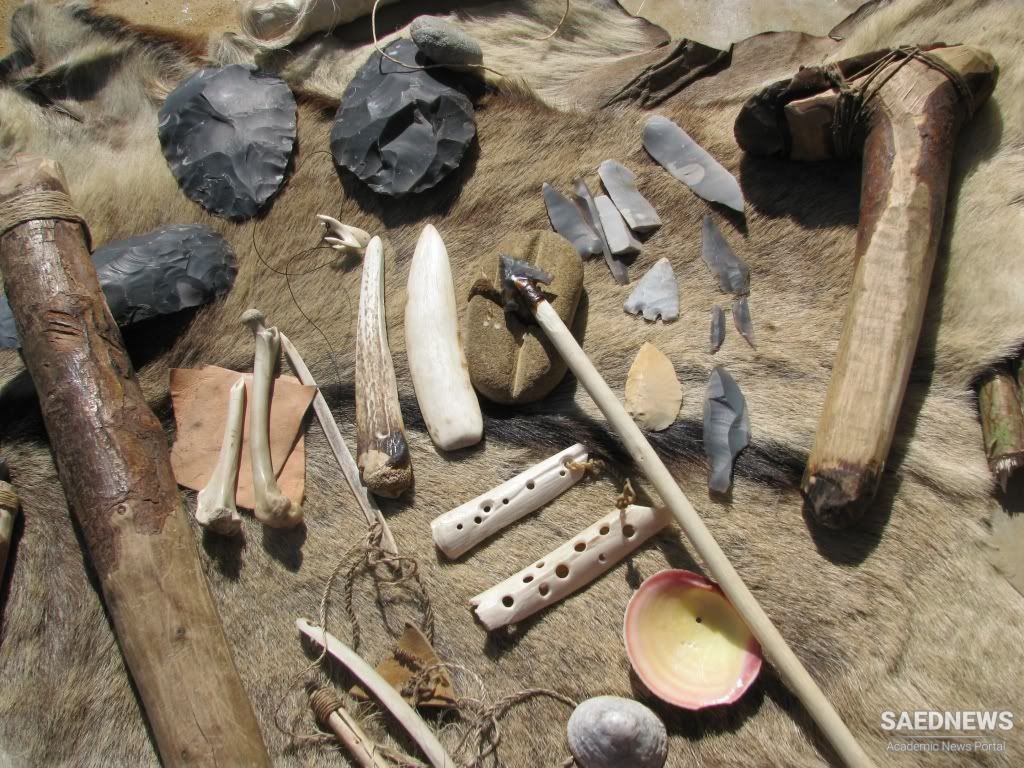Christian Jurgensen Thomsen, who became Curator of the Danish National Museum in 1816, first started the system that is used world-wide today. He had previously read a work by Vedel Simonsen which stated that the earliest inhabitants of Scandinavia had first made their tools and weapons of wood or stone, then of copper or bronze and finally of iron. This inspired him to arrange his collections by classifying them into the three ages of Stone, Bronze and Iron and, from 1819, visitors to the museum were confronted with this classification. It first appeared in print in 1836, in his guidebook to the museum.
‘Making’ fire is not the same as ‘using’ fire: the use of natural sources of fire, such as volcanoes, meteorites, spontaneous chemical combustion or the focusing of the sun’s rays through a raindrop, clearly predated the ability to generate fire. In early tribal societies an important function was the tending of a source of fire, started from one of the natural sources and which must, at all costs, be kept alight, fed and nurtured. It is said that, even today, there are Tasmanian and Andamanese tribes who have not mastered the art of making fire but have to borrow it from their neighbours. The first hominid known to have made fire was the Homo erectus (originally classed as Sinanthropus pekinensis) of Choukoutien in China. Many layers of charcoal have been uncovered there in the caves that they used, indicating intermittent occupation and fire making over a period of many years. This activity dates from about 600,000 BC.
The uses to which fire was put were many and may be summarized as: for warmth, for cooking, for the curing of hides, for protection in scaring off wild animals, and as a focus for the social life of the tribe after darkness had fallen. At a later period it was used also for hollowing out logs to make primitive boats, and in firing pots, bricks and tiles, while the extraction of copper and iron from their ores, the very bases of the metallurgical eras, and the subsequent working of those metals into tools, weapons and ornaments, was entirely dependent on fire. The making of glass objects was also based on the control of fire.
The ability to make fire at will was thus one of the first major advances in the early history of technology. There were two principal methods of doing so, by impacting flint and iron or iron pyrites, and by the generation of heat by the friction of a hard stick, or fire-drill, against a softwood block, or hearth. While the flint (silicon dioxide) method seems the more likely to have occurred by chance and is therefore likely to be the earlier, it does require the addition of dried grass or some other suitable tinder to make a fire. On the other hand, the fire-drill, which would seem to imply a higher degree of intellectual capacity for its conception, provides its own tinder from the friction of the hard, pointed stick on the soft wood of the hearth.
Possibly a later development of the fire-drill was the addition of a doughnut-shaped stone, drilled through its centre, held in place by a tapered peg to the drill, which would act as a flywheel by its own inertia. Some authorities have interpreted this artefact as merely a digging stick. It does seem, however, that the makers of so sophisticated a tool must have gone to an inordinate amount of toil and trouble to bore out the flat, circular, stone to weight a digging stick to which a weight could easily be attached by tying with a thong or cord.


 Human Continuous Need for Convenience and Technological Development
Human Continuous Need for Convenience and Technological Development














































